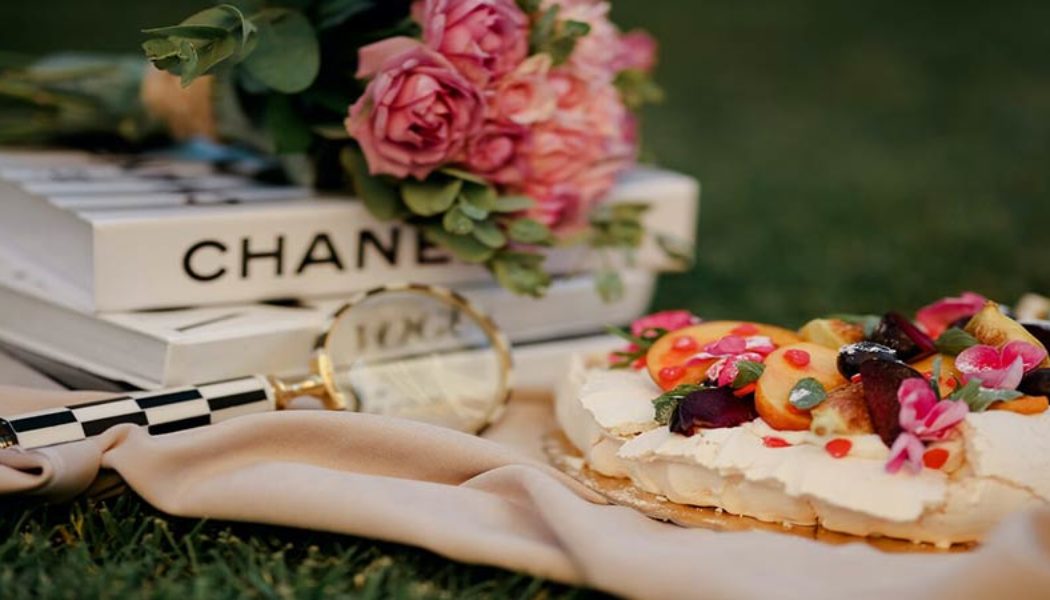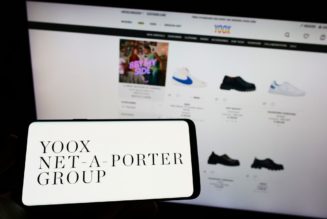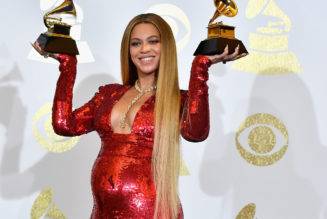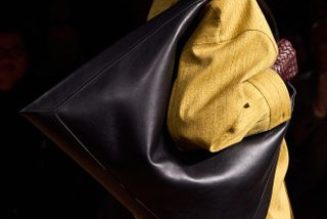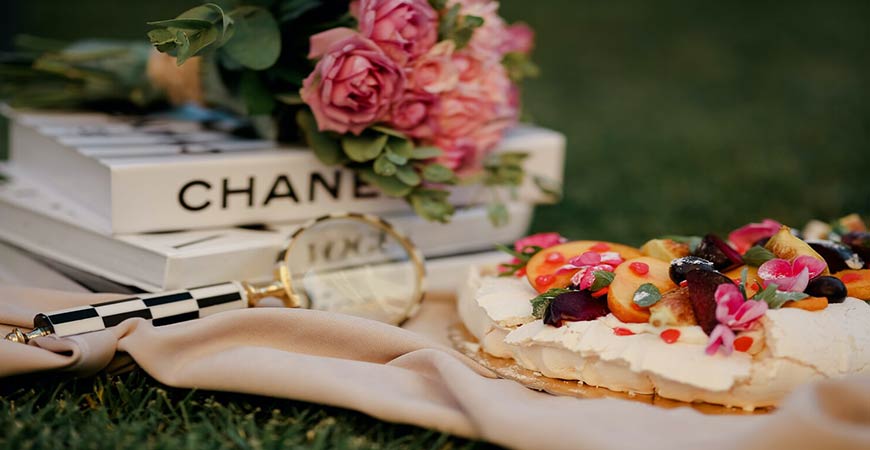
Diversifying your brand helps it stay relevant but is far from easy. Here’s why.
Setting up a brand is a challenging but rewarding endeavor. Diversifying your product or service portfolio is crucial to reaching new customers and reducing risks. Most importantly, it helps you stay relevant. However, for luxury brands, diversification is a head-scratching pursuit, as they are often associated with—and limited to—their niche. Sometimes, focusing on a particular product or service that appeals to a target audience can be advantageous to maintain the brand’s reputation for quality and exclusivity. Yet, expanding into new markets and diversifying product lines is essential for increasing profits and keeping customers interested.
Chanel, a French luxury fashion house founded by Gabrielle Bonheur “Coco” Chanel in 1910 in Paris, is renowned for its luxury clothing, accessories and fragrances and is synonymous with elegance and sophistication. However, when you think of Chanel, you might associate the brand with women and products like the “little black dress”, the Chanel No. 5 perfume and the Chanel suit—all of which capture the essence of femininity. While Chanel has much more to offer, the brand has struggled to diversify in the luxury market over the years. Here’s a closer look at Chanel’s challenges and what other brands can learn from them.
Lack of inclusivity
Chanel has often been associated with a particular ideal of femininity, often characterized by a slender, youthful and stylish appearance. This concept has been promoted through Chanel’s fashion collections, advertising campaigns and celebrity endorsements. However, this narrow definition of beauty has faced criticism for perpetuating harmful stereotypes and excluding women who do not fit this ideal.
Nevertheless, in recent years, Chanel has taken steps to feature models of different ethnicities, ages and sizes and to make its administration more diverse. In 2018, Chanel released its Report to Society, in which it stated, “Chanel will begin incorporating the principles of diversity and inclusion into its recruitment process, setting priorities on management levels.” In 2019, the company hired its first Head of Diversity and Inclusion, Fiona Pargeter, to drive its existing diversity efforts. Although there is no conclusive evidence of the effectiveness of this role, it is a step in the right direction. Even so, we cannot be sure if it’s a ruse or a genuine effort to bring about change.
The lack of inclusivity and representation can significantly impact a brand’s ability to diversify. A brand’s ability to satisfy the needs of its customers is the key ingredient in building brand loyalty. Nowadays, consumers are becoming increasingly conscious of the values and ideals that the brands they support stand for, and they expect them to embrace diversity and inclusivity.
Resistance to change
The COVID-19 pandemic in 2020 saw a boom in the e-commerce industry. People turned to online shopping and had the luxury (pun intended) of getting things delivered to their doorstep, including products offered by luxury brands. But not Chanel. It refused to sell online and stuck to its conventional roots, even after facing an 18% decline in revenue compared to 2019.
When asked why Chanel is reluctant to shift to online shopping, the President of Chanel Fashion, Bruno Pavlovsky, said, “Our products require more. Today, e-commerce is a few clicks and products that are flat on a screen. There’s no experience. No matter how hard we work, no matter how much we look at what we can do, the experience is not at the level of what we want to offer our clients.”
Change often scares companies, even well-established ones. Often, brands don’t want to shift away from a strategy that’s working for them. They say you should never change a winning strategy, but resisting change and not catering to your customer’s needs can be detrimental to your brand.
Is a shift to online shopping on the cards for Chanel? Or will it stick to its “winning strategy” of scarcity marketing and aspirational advertising? Only time will tell.
Cultural insensitivity
Cultural insensitivity can take many forms, including the exploitation of cultural symbols, which can be offensive and harmful to different communities. In 2017, Chanel released a boomerang made of resin and wood priced at AU$1,930 (US$1,325), which was seen as an insult to Indigenous Australian culture. This product sparked several heated debates on social media, resulting in Chanel taking a hit and receiving a lot of backlash and criticism. Still, it refused to take the product down.
When brands attempt to diversify their products and service lines, they run the risk of alienating customers if they introduce culturally insensitive products or marketing campaigns. By addressing cultural insensitivity concerns, brands can strengthen their customer relationships, thereby improving their reputation.
Lack of differentiation
While Chanel has a strong presence in women’s fashion, its foray into men’s fashion has faced criticism. The brand has struggled to gain traction and establish itself in the men’s fashion market, with its men’s fashion line criticized for not offering products that differentiate from other luxury brands.
Some also believe that Chanel’s men’s line doesn’t align with the image the brand has built over the years—catering to and being associated with women’s fashion. They feel that Chanel can only overcome this lack of differentiation by sticking to its traditional approach and specializing in exclusive women’s products of the highest quality, made by the best craftsmen.
In today’s highly competitive markets with similar products and services, differentiation is integral in ensuring your brand stays relevant, no matter how successful it may be. Moreover, brands need to go beyond just offering something different but also doing it better than their competitors.
A brand that has successfully diversified itself is Moet Hennessy Louis Vuitton Société Europeenne, more commonly known as LVMH or simply Louis Vuitton. Having started as a fashion house (Louis Vuitton) and a cognac producer (Moet Hennessy), the two merged in 1987 to form LVMH, the world’s largest luxury conglomerate, mainly due to its scale of diversification.
With over 60 luxury fashion brands under LVMH’s umbrella, comprising five luxury market sectors—wines and spirits, fashion and leather goods, perfumes and cosmetics, watches and jewelry and selective retailing—the brand has established itself as a global luxury powerhouse. This diversification has enabled LVMH to stand the test of time and stay ahead of its competitors.
In conclusion, Chanel’s attempts at expanding its product offerings and tapping into new markets have been met with challenges stemming from cultural insensitivity, limited representation and resistance to change. While the brand has made some strides toward diversification in recent years, it still has a long way to go in terms of becoming more inclusive and diverse.
Also read:
Header image courtesy of Pexels
